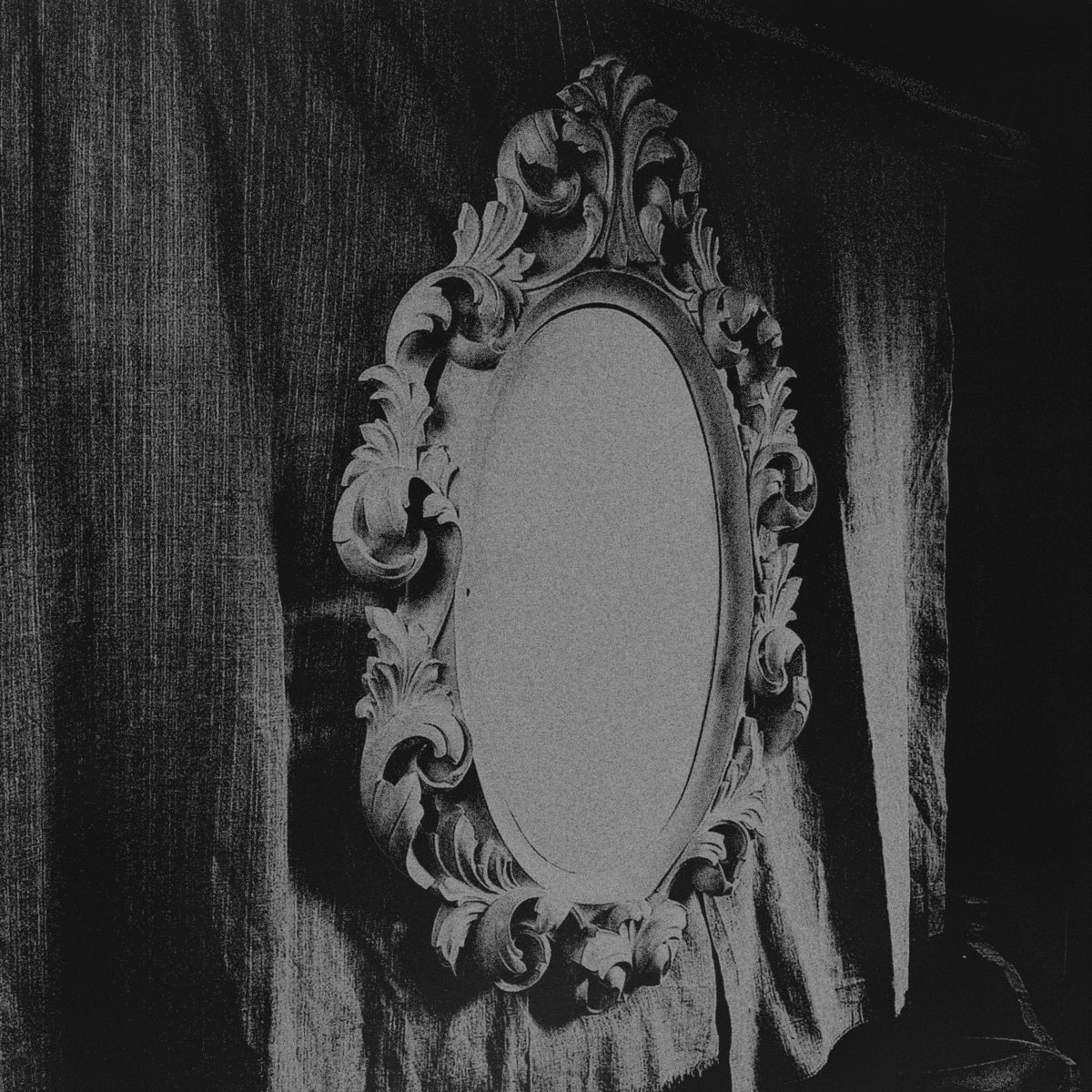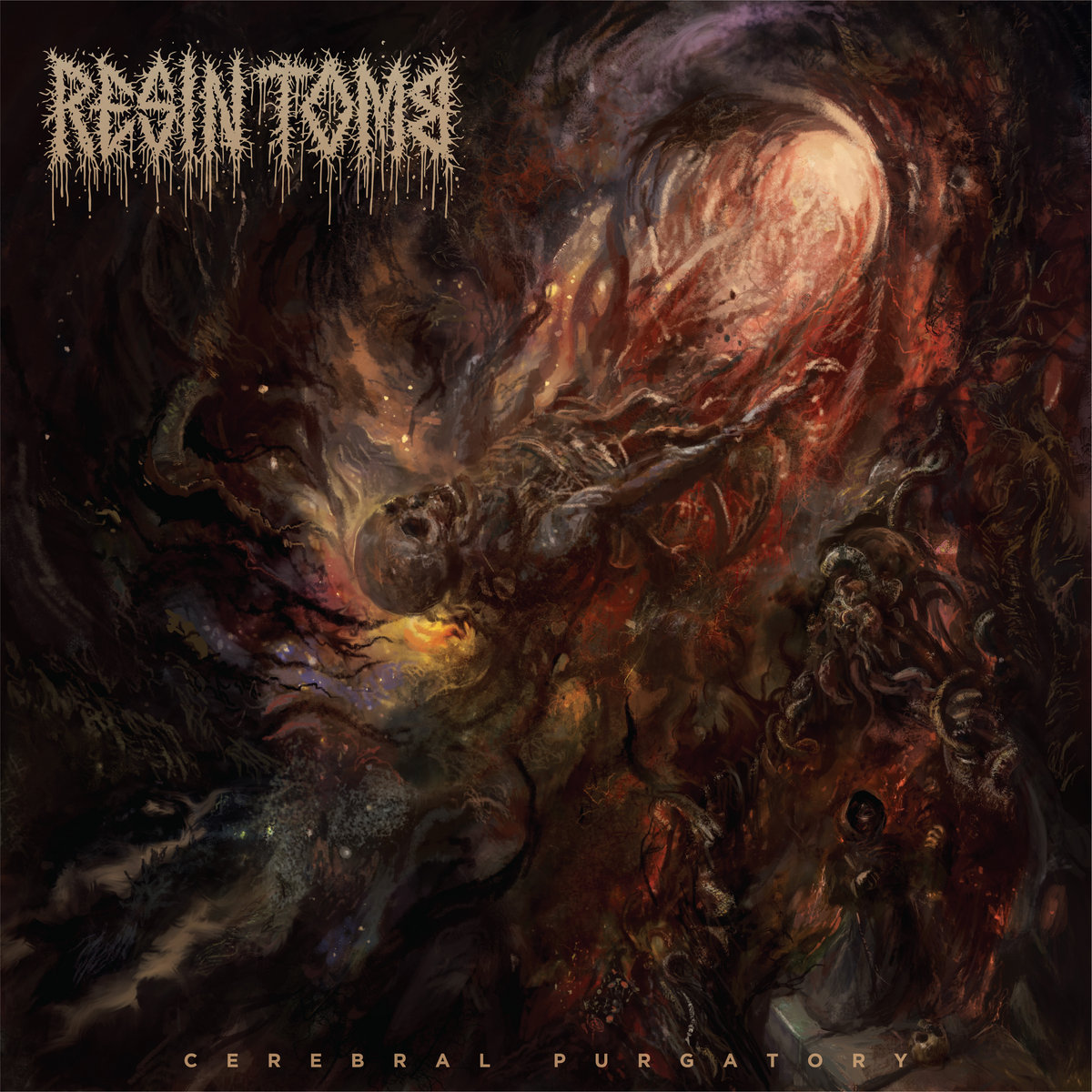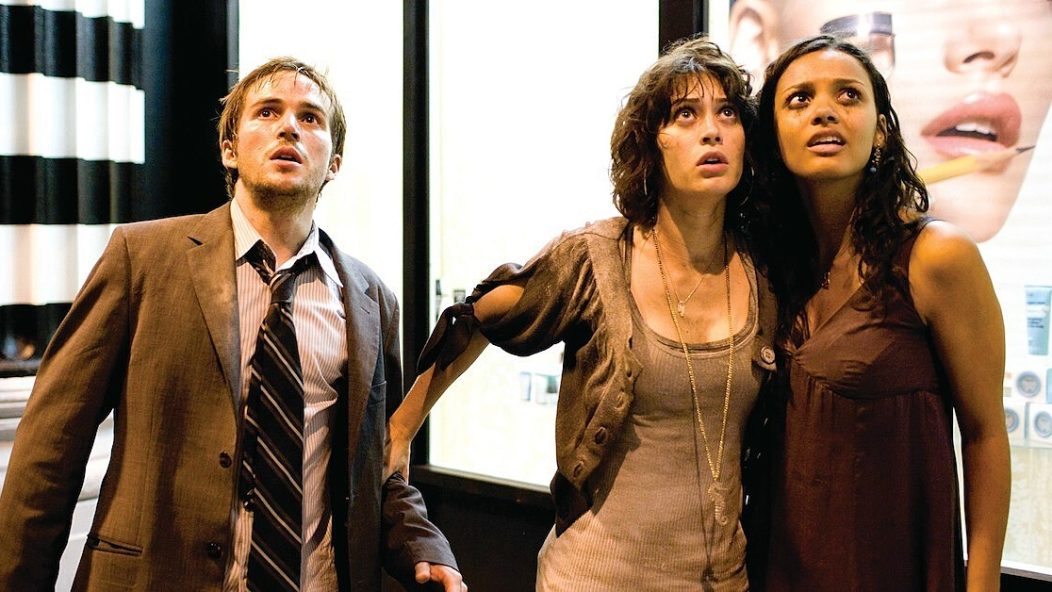
15 years later, Cloverfield remains as innovative, engaging and mysterious as ever
Viral marketing and ambiguity often go hand-in-hand when effectively promoting new IP, whether that’s in the world of film, video games, or even music. The Blair Witch Project did that in 1999 by releasing false police reports and missing person posters during the early days of the internet, and the horror sensation M3GAN did so more recently in 2023 with its army of dancing dolls appearing at every premiere and press tour stop possible.
In 2008, though, there was one movie that did that expertly, and set the stage for other viral sensation releases to come. Cloverfield, which turns 15 this January, was generating hype long before the sci-fi film became a blockbuster smash and cult classic. It was actually first teased in summer 2007 during the previews for Transformers — but with only a mysterious set of footage that offered little information about it, aside from the fact that moviegoers could expect an unsettling dose of terror.
Read more: How singer and TikTok star Jenna Davis gave M3GAN her “titanium” voice
At the time, Cloverfield was advertised with a now-infamous trailer that would unexpectedly pop on the big screen between other trailers. However, it was unlike anything else at the time. For 40 seconds of the clip, there is only what looks like home footage from a swanky Brooklyn loft party featuring a host of jovial 20-something hipsters, and little other context. Then suddenly, there is the sound of an otherworldly roar, proceeded by what seems like a massive earthquake. Because the trailer and movie were entirely filmed from a first-person perspective, complete immersion takes over. At first glance, you see the skyline of New York City draped in nightfall and fluorescent lights, evoking a sense of familiarity and normalcy — which is quickly stripped away entirely as the city descends into destruction for reasons that remain unclear. After the partygoers make their way onto the street, they’re nearly crushed to death by the head of the Statue of Liberty — and the trailer abruptly ends. It didn’t even announce a title, only a release date.
With the teaser unleashed in the world, the real fun and engagement behind Cloverfield began with a firestorm of online speculation. Dedicated forums popped up online that tried to dissect what the plot of the mysterious film might be, as well as any additional promotional material that Bad Robot Productions, the movie’s production company from industry veteran and sci-fi filmmaker J.J. Abrams (Lost, Super 8), released. Bad Robot even went as far as creating social media profile pages for every person in the teaser on Myspace –– further blurring the lines between fact and fiction within the film.
After months of speculation about the film’s title and premise, which was once rumored to be a Godzilla spin-off, it was finally revealed that Cloverfield was indeed a new, stand-alone film, written by Drew Goddard (Cabin in the Woods, The Martian) in his first feature after writing for Abrams-produced series like Alias and Lost and directed by another Abrams collaborator, Matt Reeves, who was unknown at the time but has gone onto to direct blockbusters like 2022’s The Batman. Cloverfield was confirmed to be a sci-fi/monster-horror film, inspired by the seminal Kaiju genre of 1950s post-World War II Japanese cinema that birthed infamous city-destroying monsters such as Mothra, Gamera, and, of course, Godzilla.
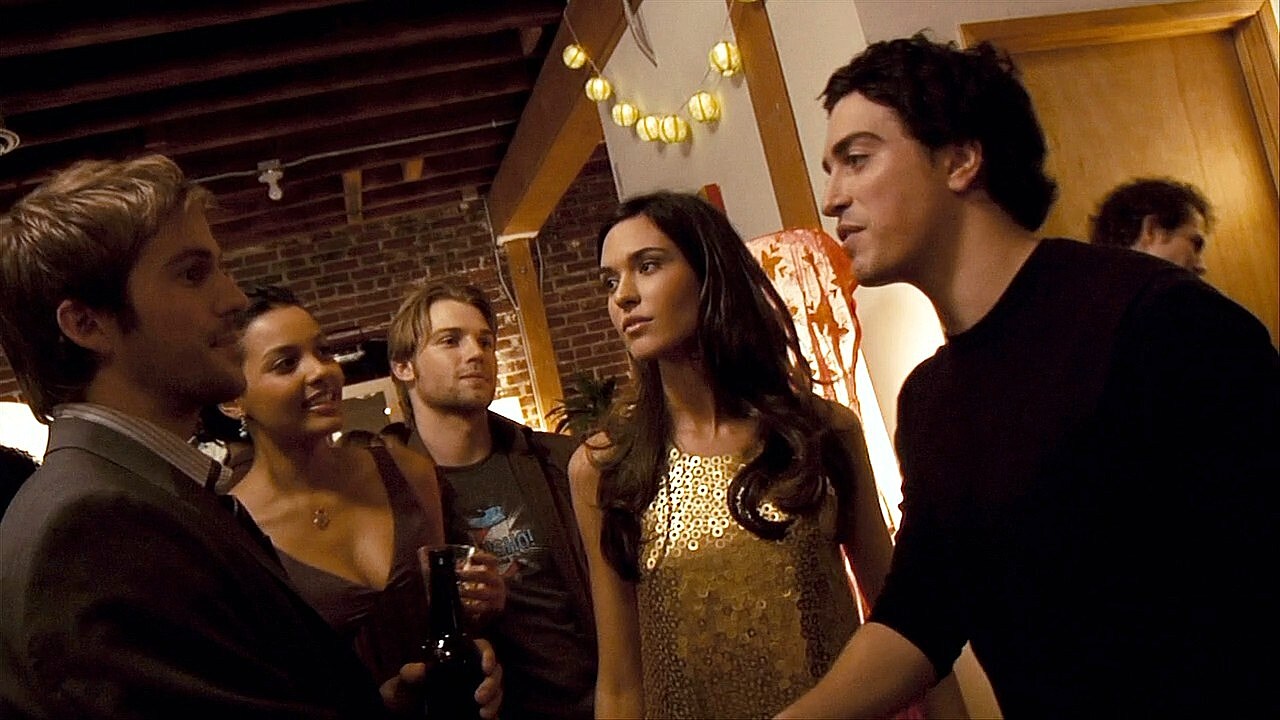
[Courtesy of Paramount Pictures]
Thankfully, Cloverfield lived up to the hype it generated, as it nailed just how much it set out to immerse the audience in its world in the first place. Not only did it contain striking and horrifying visuals of arachnid-like parasites, colossal monsters, and its fair share of gratuitous explosions –– the film also successfully captured humanity, catastrophe, and real people and their real interactions unfolding candidly. Watching Cloverfield, it really felt like what could actually unfold, were New York City to come under a cataclysmic monster attack without any warning. While Cloverfield would inspire a host of found footage movies that saturated the late 2000s film circuit in the wake of its success, none could capture the detail and intentionality behind the movie and its first-person perspective. With Cloverfield, you largely see the events of the film through the lens of a man named Hud (TJ Miller), who acts as a gateway for the viewer to essentially become the character. In a sense, it’s almost a video game-like experience where you never know what is lurking behind every corner, but still feel like you need to keep pushing forward no matter what.
Another remarkable aspect about Cloverfield’s legacy is just how much of a time capsule it feels like for late 2000s culture. The needle drops of songs from Kings of Leon, Coconut Records, of Montreal, and Ratatat, or pop staples like “Beautiful Girls” by Sean Kingston transport you to the simpler times of the late aughts. But beyond that, Cloverfield captures one of the last moments in history when everyone didn’t have a smartphone glued to their hands at any given moment. In fact, there are several instances where you can see characters pull out their T-Mobile Sidekicks and Motorola flip-phones that ooze pure Y2K glory. More so, the disaster movie feels like a reflection of the sense of chaos and anxiety of a post-9/11 America, coming at the tail end of the George W. Bush presidency and just over six years after the September 11th attacks and the war that followed. In other words, Cloverfield is a relic of a time that seems far more distant than just 15 years ago.
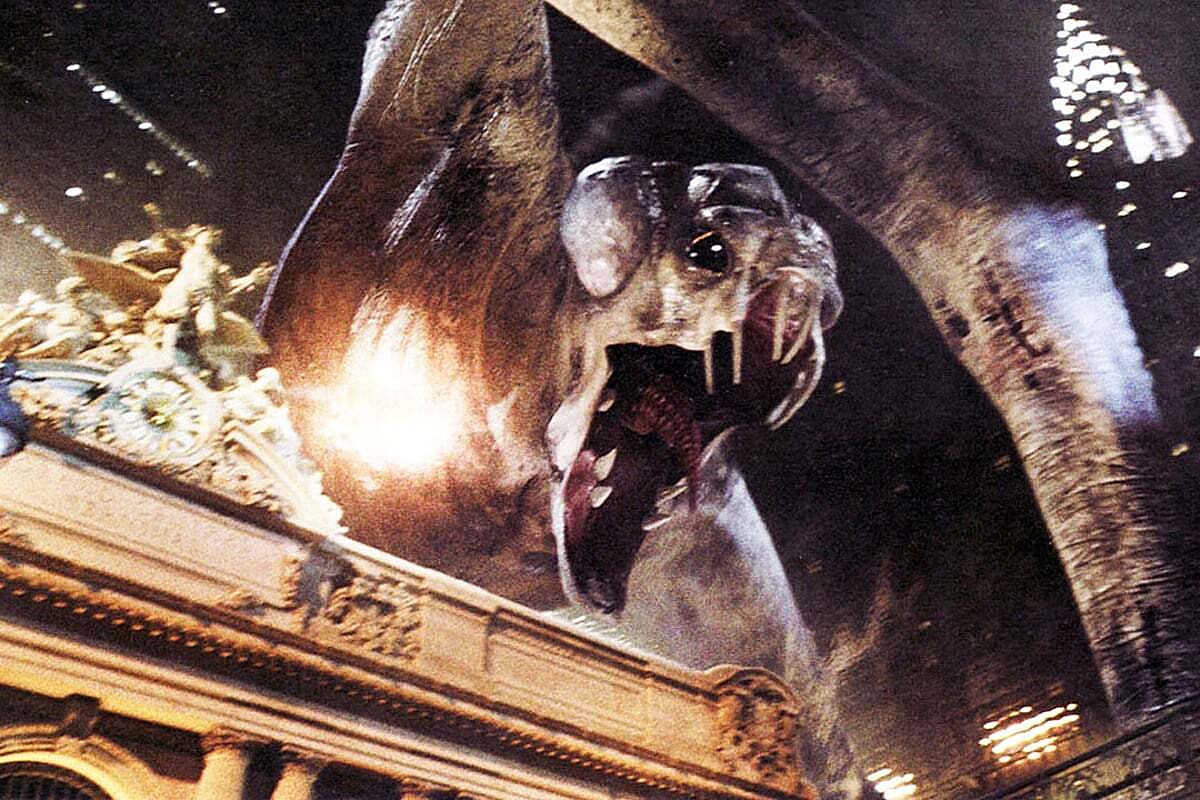
[Courtesy of Paramount Pictures]
Just as it arrived with its ominous trailer, Cloverfield’s ending left audiences with far more questions than answers. But, in many ways, that was actually the most fulfilling part of the experience. To make sure that the film stayed firmly implanted in the viewer’s psyche, the creative team behind Cloverfield left a trail of Easter eggs for fans to analyze. For instance, at the end of the film, footage that was captured on the same tape prior to the attack plays to show a heartfelt moment between the film’s protagonists Rob (Michael Stahl-David) and Beth (Odette Annable) on the ferris wheel at Coney Island’s Luna Park. But if you look closely enough, you can see a glimpse of a satellite falling into the ocean — which many speculate was the catalyst for awakening the film’s monster. There are even instances where subliminal frames of other movie monsters like King Kong and the dinosaur from The Beast from 20,000 Fathoms are inserted, which you can catch by pausing at the right moment. Diehard Cloverfield fans obsessed over details like these and theories about the film. Clearly, its marketing campaign and the lore the movie perpetuated was a success — and something that’s all but expected by many movie fans today, with things like Marvel’s post-credit scenes or the existence of the extended universe within Netflix originals.
For years, diehard Cloverfield fans desperately pleaded for a sequel. Finally, in January 2016, a mysterious teaser was released — this one with a title — for the spin-off 10 Cloverfield Lane. The eerie spin-off starring Mary Elizabeth Winstead and John Goodman was met with acclaim and was enough to satiate devotees with its eerie atmosphere, but felt like a major departure from the original, as it did away with the found footage style. In 2018, a third Cloverfield movie, The Cloverfield Paradox, caused a stir when it was advertised during the Super Bowl and released on Netflix immediately after the game — but the streaming monstrosity ended up being a disjointed effort that sullied every last ounce of magic that the original film possessed.
Fear not, though: J.J. Abrams and co. recently confirmed the development of a proper follow-up to the 2008 film. While details are still sparse, it will be interesting to see how the franchise resonates 15 years later, when we’ve grown accustomed to doom scrolling and “finding footage” of tragedies and disasters on our phones every week. (Who knows, maybe we’re in for a found-iPhone film or something set entirely on screens?) If it misses the mark like the last Cloverfield release, at least we have the original as a reminder of just how innovative and immersive cinema and the fandom surrounding it can be. Rewatching the movie today, the same fear sets in as soon as the tape in the camcorder starts to roll.




